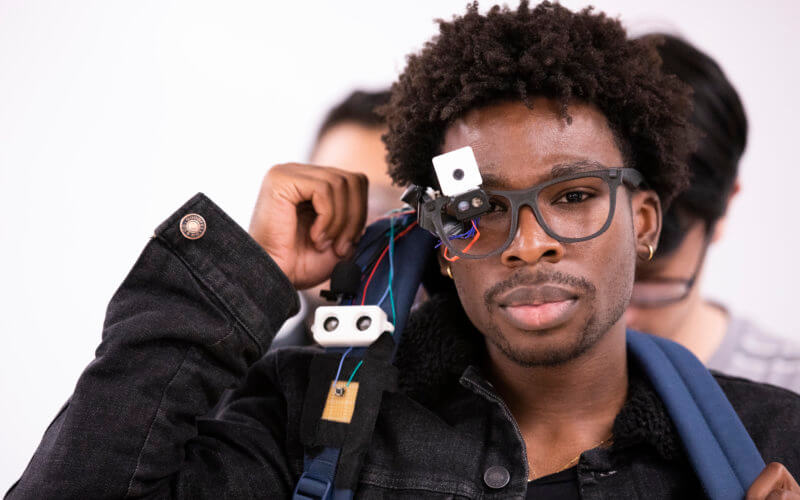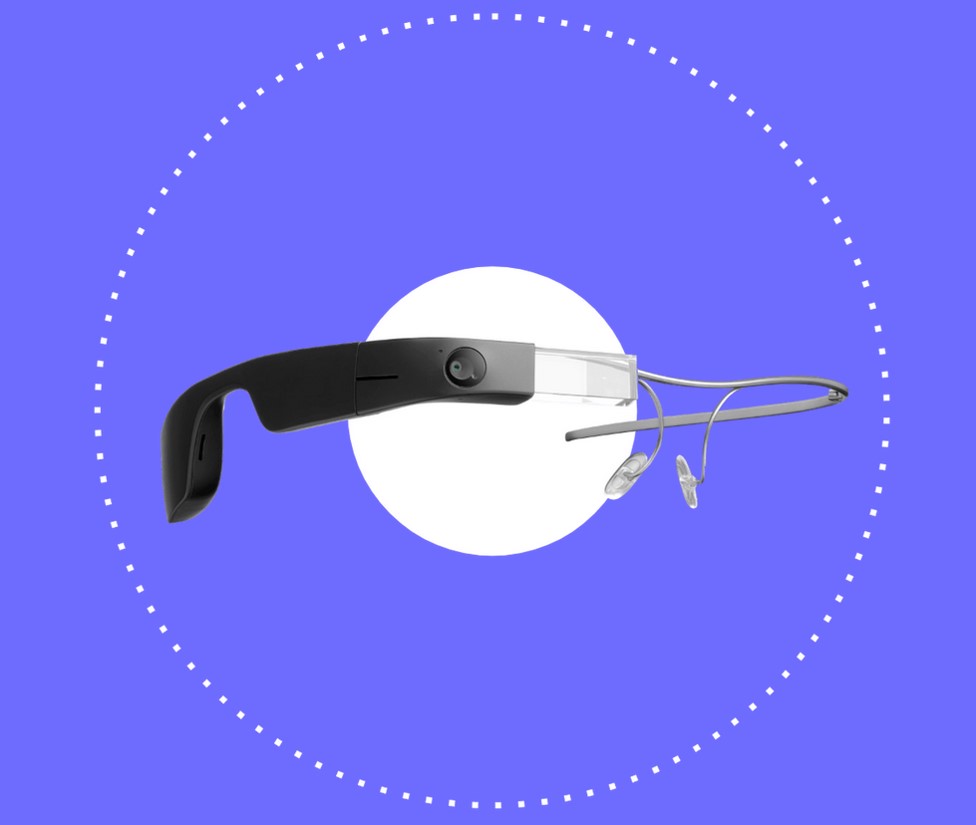Maximizing Efficiency with Screen Readers for the Blind: A Comprehensive Guide
Maximizing Efficiency with Screen Readers for the Blind: A Comprehensive Guide
Blog Article
Enhancing Access Through Assistive Technology for the Blind
The assimilation of assistive technology for the blind represents an essential advancement in access, essentially changing just how individuals navigate their atmospheres and involve with society. As we explore the varied types of assistive devices and their tangible impacts on day-to-day living, it becomes essential to analyze exactly how continuous technological developments are improving the landscape of assistance for the blind area.
Introduction of Assistive Modern Technology
Assistive modern technology describes a series of tools and software created to improve the abilities of individuals with handicaps, including those who are blind or visually impaired. This modern technology plays a vital role in promoting independence and enhancing the high quality of life for users. By providing alternative approaches for accessing information and doing daily tasks, assistive modern technology empowers individuals to browse their settings better.
The development and execution of assistive modern technology accept a range of concepts aimed at fostering access. These principles consist of user-centered style, which prioritizes the requirements and preferences of the individual, and the assimilation of technology into day-to-day activities. Such advancements guarantee that assistive devices are not just practical yet simple and also instinctive to make use of.
Furthermore, assistive innovation includes a varied spectrum of solutions, from low-tech choices like magnifiers to modern developments such as display visitors and Braille displays. The ongoing advancement of this area is driven by the need to attend to the special difficulties faced by people with visual disabilities (Wearable technology for low vision). As innovation continues to development, the capacity for improving ease of access and promoting inclusivity remains appealing, inevitably adding to a more equitable society

Types of Assistive Instruments
Countless sorts of assistive tools are available to sustain people that are blind or visually damaged, each designed to deal with details requirements and challenges. These devices can be extensively classified into three main types: low-tech, mid-tech, and high-tech solutions.
Low-tech devices include items such as magnifiers, Braille labels, and responsive maps. These are fairly basic tools that enhance the customer's capacity to connect with their atmosphere without calling for intricate modern technology.
Mid-tech gadgets frequently include advanced features, such as electronic magnifiers and portable Braille note-takers. These gadgets can provide performances like speech output, enabling users to access info a lot more successfully.

Influence on Daily Living
The accessibility of different assistive devices significantly improves the lifestyle for people that are aesthetically impaired or blind, affecting their everyday living in profound methods. By integrating modern technologies such as screen readers, Braille displays, and audio description services into their routines, customers acquire better autonomy and independence. These devices help with access to info, enabling individuals to do daily jobs, such as eye doctor is called a reviewing e-mails, browsing public spaces, and enjoying media web content.
Moreover, assistive devices empower individuals to engage more completely in social interactions and community tasks. The ability to use smart devices furnished with access features permits smooth interaction and connection with others. This connection promotes a sense of belonging and reduces feelings of isolation.
In expert settings, assistive innovation sustains efficiency by allowing people to full work tasks successfully. Tools like voice acknowledgment software program and specialized zoom devices make it possible for users to participate in the labor force on equivalent ground with their sighted peers.

Advancements in Innovation
Recent technical advancements have significantly changed the landscape of tools readily available for people that are blind or visually impaired. The assimilation goc optometry of expert system (AI) and machine knowing has triggered applications that boost navigation and things acknowledgment. For instance, smart device applications can currently make use of AI to identify and describe environments in real-time, offering users with beneficial contextual information.
In addition, advancements in haptic modern technology have actually caused the development of smart walking sticks geared up with sensors that find obstacles and give responsive feedback. This encourages individuals to navigate their environment with increased confidence and independence. Moreover, advancements in text-to-speech software and braille screens have enhanced the availability of digital web content, enabling seamless interaction with various media.
Wearable modern technologies, such as smart glasses, are additionally making strides in helping visual disability. As innovation continues to develop, the capacity for even more transformative devices continues to be on the perspective.
Future Trends and Innovations
As modern technology swiftly advances, the future of assistive devices for people who are blind holds immense guarantee. Technologies in expert system (AI) and equipment learning are positioned to reinvent the method blind customers connect with their settings. For example, AI-driven applications are being developed to boost things acknowledgment, permitting individuals to determine and browse their environments with higher ease and precision.
In addition, developments in haptic comments modern technology are making it possible for the development of responsive maps and navigating aids that give real-time information with touch. These technologies not only improve movement Look At This but additionally foster freedom. Additionally, wearable tools outfitted with enhanced reality (AR) features are emerging, using users visual details through sound summaries, thus connecting the space in between the digital and physical worlds.
Furthermore, the integration of smart home innovation offers brand-new possibilities for accessibility, allowing people to manage their living environments with voice commands or smart device applications. As partnership between tech programmers and the blind community proceeds, the concentrate on user-centered design will guarantee that future advancements are tailored to fulfill the special needs of this population (Wearable technology for low vision). The trajectory of assistive innovation guarantees a much more inclusive and empowering future for people that are blind
Final Thought
In verdict, assistive technology plays an essential function in improving accessibility for individuals with aesthetic disabilities. Continuous developments in modern technology and user-centered layout make sure that these devices cater properly to the unique needs of the blind community.
The integration of assistive innovation for the blind represents a crucial advancement in access, fundamentally modifying exactly how people browse their atmospheres and engage with culture.Assistive technology refers to an array of devices and software created to improve the capacities of people with impairments, including those that are aesthetically impaired or blind. Wearable technology for low vision.As innovation swiftly progresses, the future of assistive tools for individuals that are blind holds immense pledge. The trajectory of assistive innovation promises a much more comprehensive and empowering future for individuals who are blind
In verdict, assistive technology plays an essential role in improving accessibility for individuals with aesthetic impairments.
Report this page